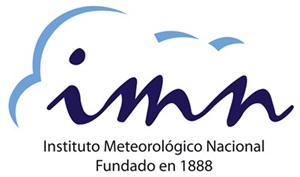Ephemerides
In astronomy, an ephemeris (plural: ephemerides) gives the positions of naturally occurring astronomical objects in the sky at a given time or times. Historically, this information is given in printed tables at regular intervals of date and time. Modern ephemerides are computed electronically from mathematical models of the motion of astronomical objects and the Earth. The ephemerides listed here refer to the position of the sun and moon: the time of rise and setting, as well as the phases of the moon. All calculations refers to the coordinate of downtown San Jose city, including local date and time. The calculations' source is from "The United States Naval Observatory (USNO)".
Ephemerides
Rise and set times (sunrise, sunset, moonrise and moonset): In here the tables show, for each day of the month, the hour and minute of rising and setting of the sun and/or the moon, as well as its day or night length. The rise (set) time is the instant corresponding to the appearance (disappearance) of the upper edge of the sun/moon in a hypothetical horizon, not considering surface features of the real horizon or nearby obstacles (houses, trees), nor the presence of clouds or fog.
In a particular place, both the sun and the moon appear in the east side of the sky, above the horizon. Hours later, due to the earth's rotation, they disappear in the west side, over the horizon. In a place, the time when the object is on the horizon is known as the rising (sunrise, moonrise) if emerging, or setting (sunset, moonset) if disappearing.
Moon phases: This refers to the shape of the illuminated portion of the moon as seen by an observer on earth. The phases take place cyclically as the moon orbits the earth and changes position relative to the earth and sun. The complete cycle, called lunar month, last just over 29 days.
After a new moon phase, the sunlit portion is increasing until the full moon phase is reached two weeks later. After the full moon (maximum illumination) phase, the light continually decreases until the light is completely gone, reaching the new moon phase again. The first quarter and third quarter moons (called half moon) happen when exactly half of the moon is illuminated and half is in shadow.
Thus, the tables indicate the date and time when each moon phase is reached. Blank spaces in the table indicates that there is no rise/set in 24 hours. The main stages of the moon are new moon, first quarter, full moon and last quarter (or third quarter).
Rise and set times (sunrise, sunset) 2025 Rise and set times (moonrise and moonset) 2025 Moon phases 2025 Rise and set times (sunrise, sunset) 2024 Rise and set times (moonrise and moonset) 2024 Moon phases 2024


